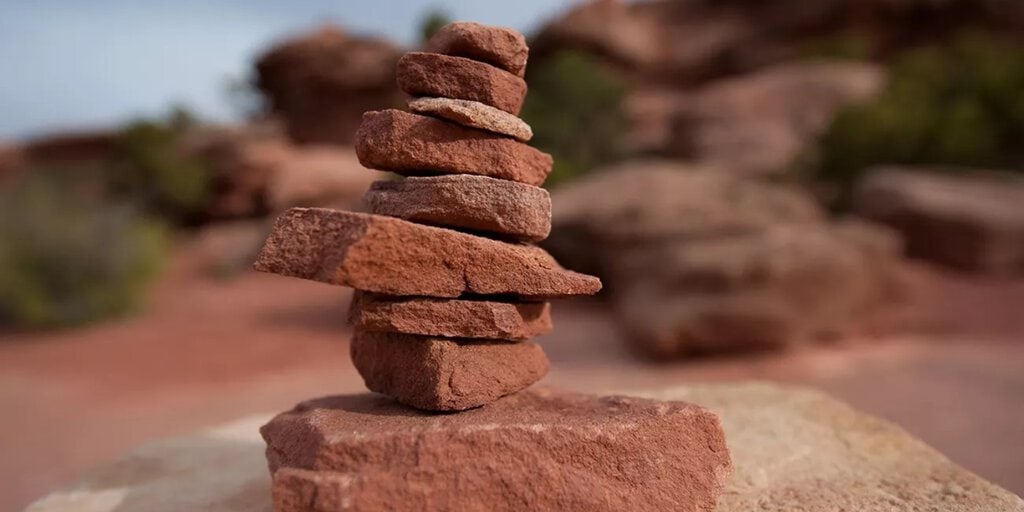There is a big debate in the world of hiking regarding cairns. Those are stacked rocks that are a mark of human activities, and backpackers have different opinions regarding making those and leaving them untouched in the wild. Some have taken the stance that cairns should be knocked down because they disturb wildlife.
Should People Make Cairns?

The National Park Service has found itself at the center of the controversy surrounding cairns, as staff at Yosemite National Park shared a video of a volunteer toppling a tall cairn and encouraging visitors to do the same. The park’s stance was rooted in Leave No Trace ethics, emphasizing the importance of minimizing human impact on wilderness areas.
The Leave No Trace stance of Yosemite National Park was met with mixed reactions because while it discouraged cairn-building to preserve the natural environment and its inhabitants, other parks like Arches and Canyonlands National Parks believed differently. They asserted that cairns were necessary trail markers in their terrains.
For hikers navigating through challenging and unsigned rocky areas, cairns often provide essential guidance and prevent getting lost. They are especially effective in areas with challenging terrains and limited signage, like in those two parks. Cairns serve as trail markers, guiding hikers along a specific path and indicating the correct route to follow. In remote or poorly marked regions, where traditional trail markers are scarce, cairns can even be invaluable in helping hikers navigate the landscape.
Cairns Can Serve as Land Markers

To help travelers make informed decisions, several guidelines were proposed. First and foremost, seek advice from park rangers or local experts before tampering with cairns. They possess valuable insights into whether a particular cairn serves as a navigational aid or simply an artistic endeavor. Second, it is universally agreed upon that hikers should refrain from creating new cairns. Disrupting these stacks can harm various wildlife species seeking refuge beneath the stones.
In determining whether to knock down a cairn, the key lies in assessing its context. If an area is laden with numerous stacks, serving no practical navigational purpose, it is generally safe to dismantle them. On the other hand, if the cairns appear to form a clear trail or path, it is wise to leave them intact.

While the cairn debate may have sparked conflicts between factions, the essence of the issue revolves around understanding the situation and acting responsibly. Cairns can be beneficial in certain landscapes, yet they can also become detrimental when created haphazardly. By embracing respectful and informed hiking practices, adventurers can preserve the harmony between nature and human recreation in our cherished national parks.